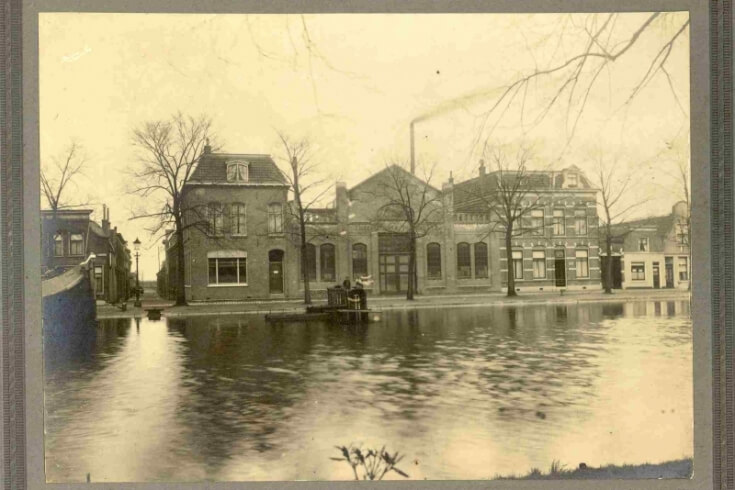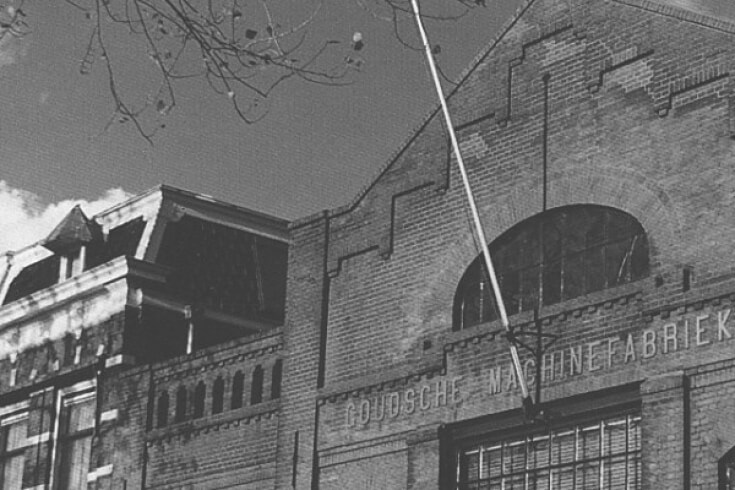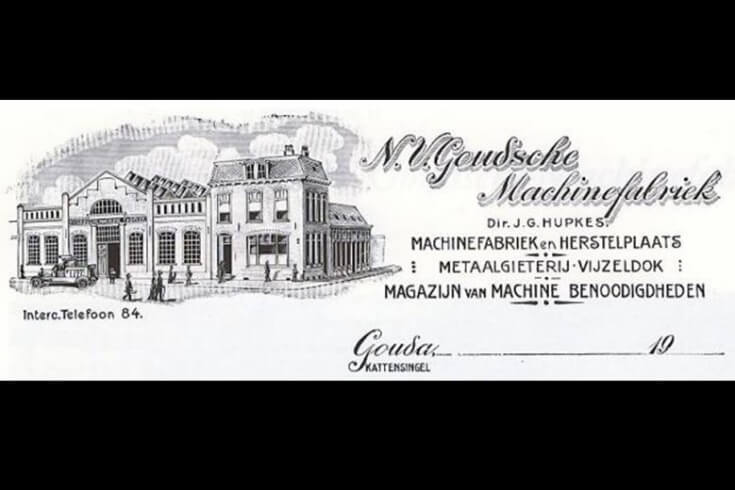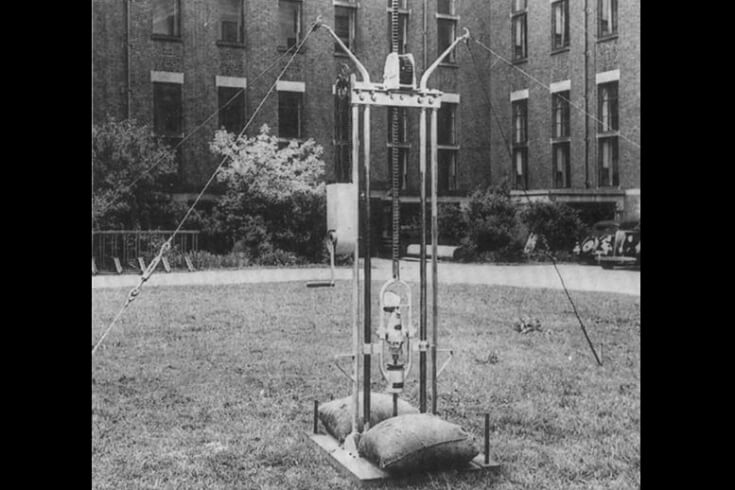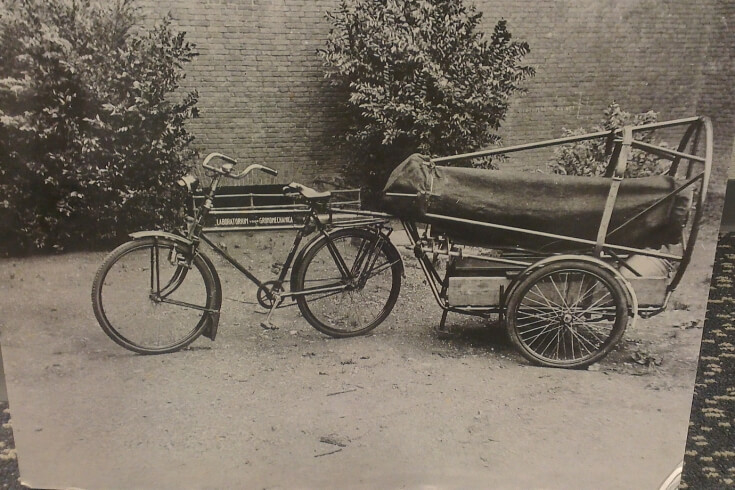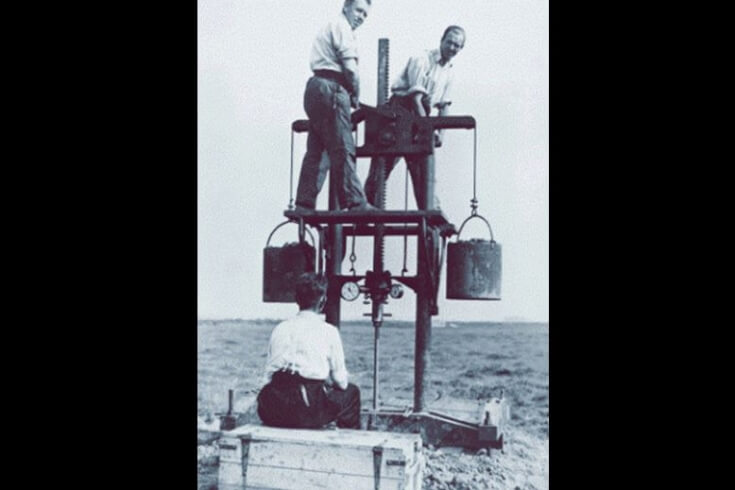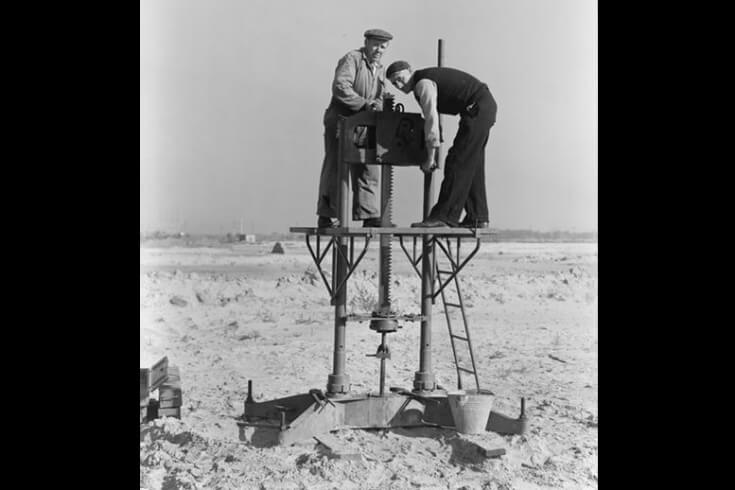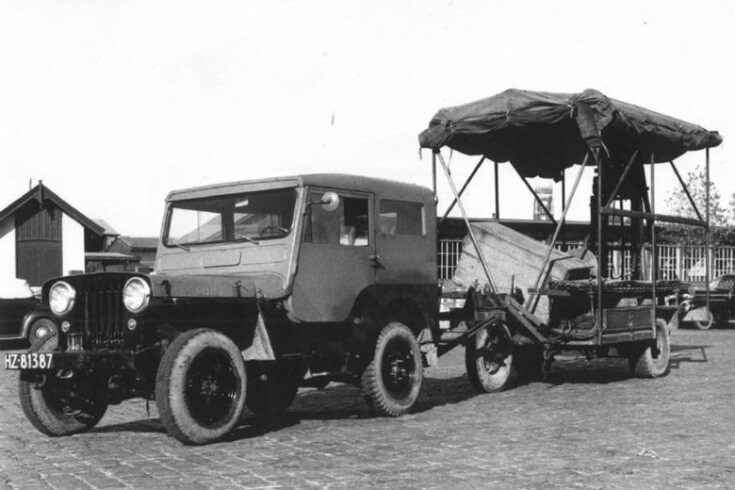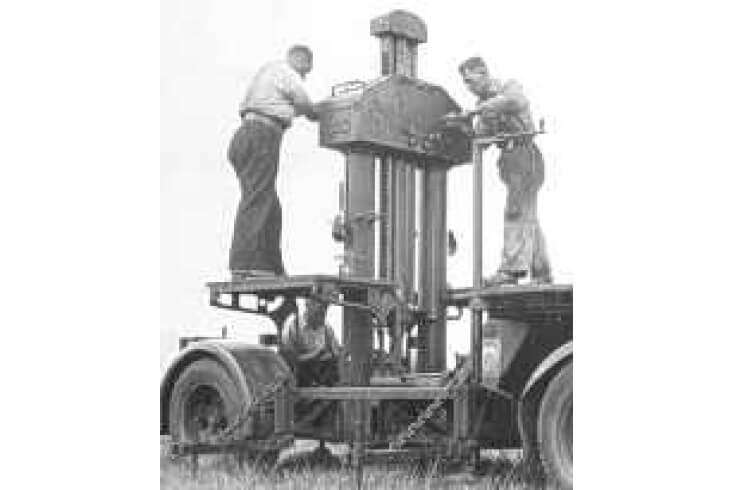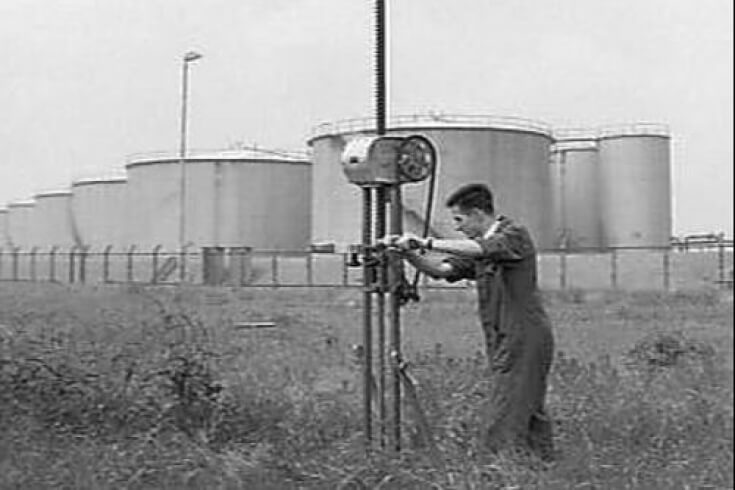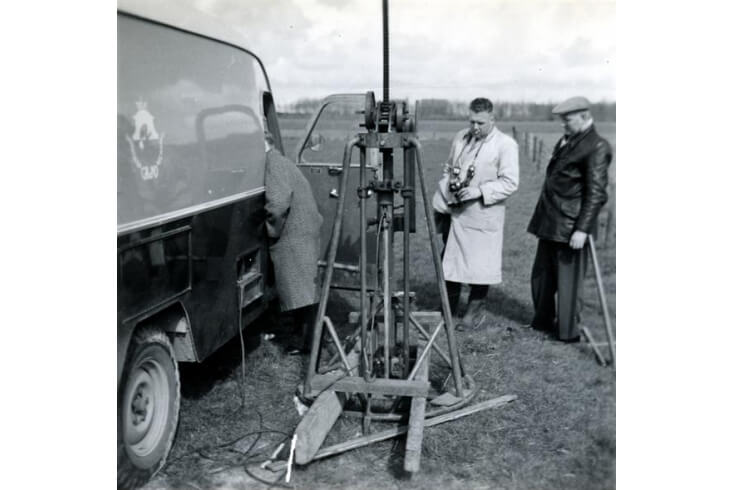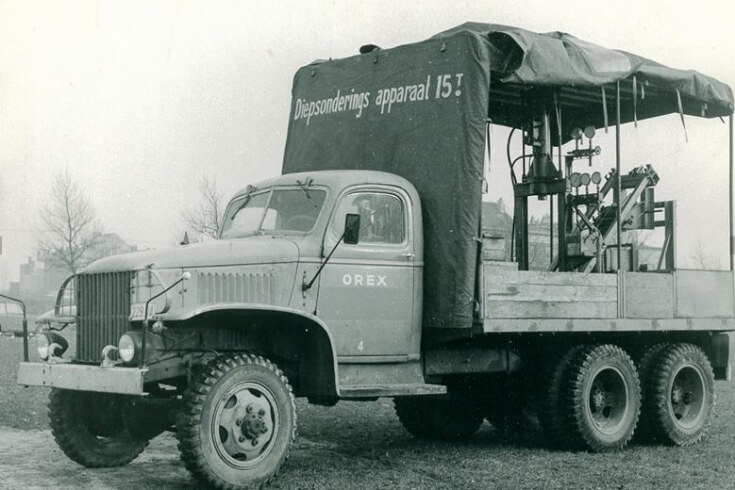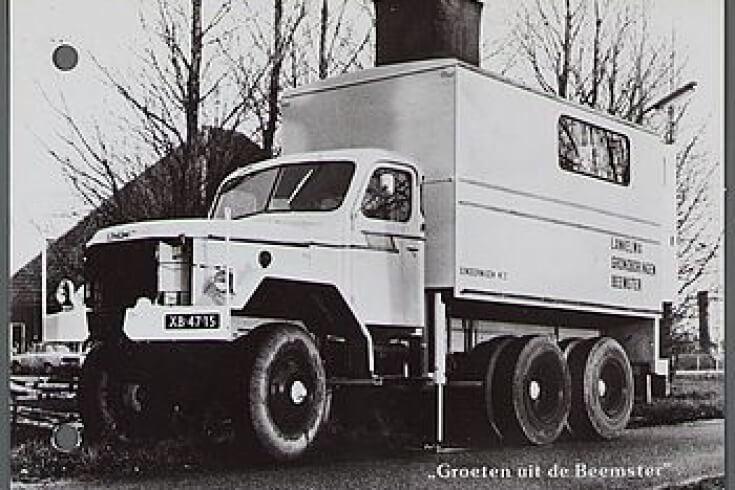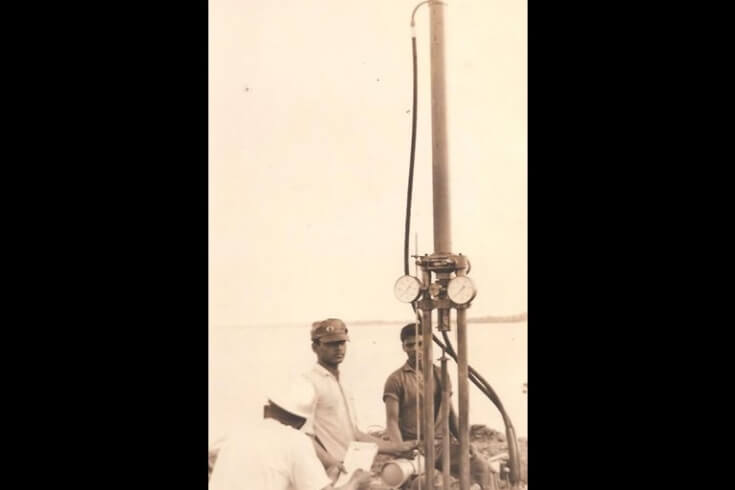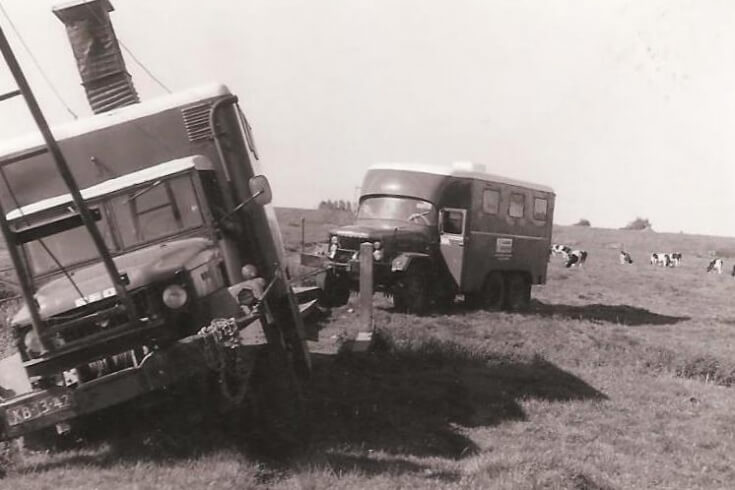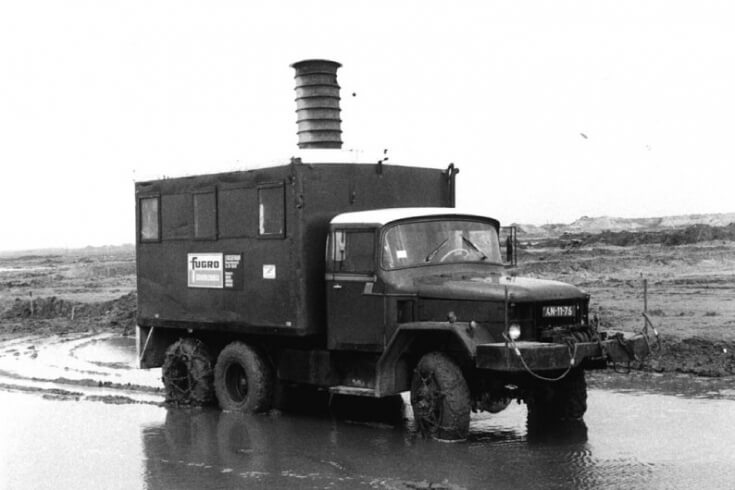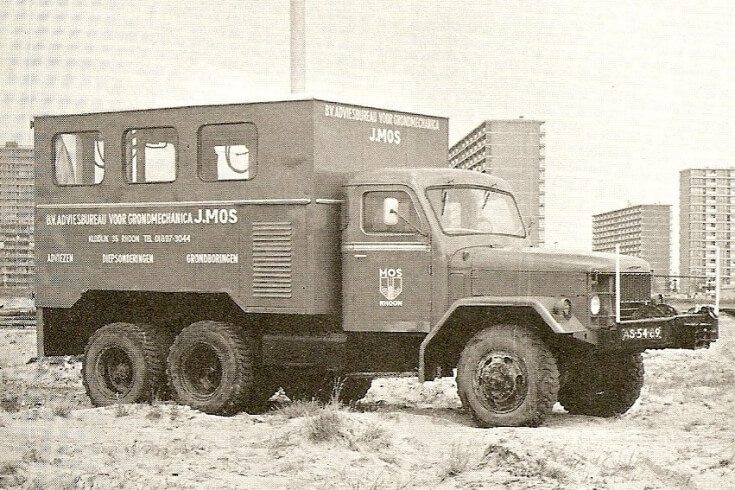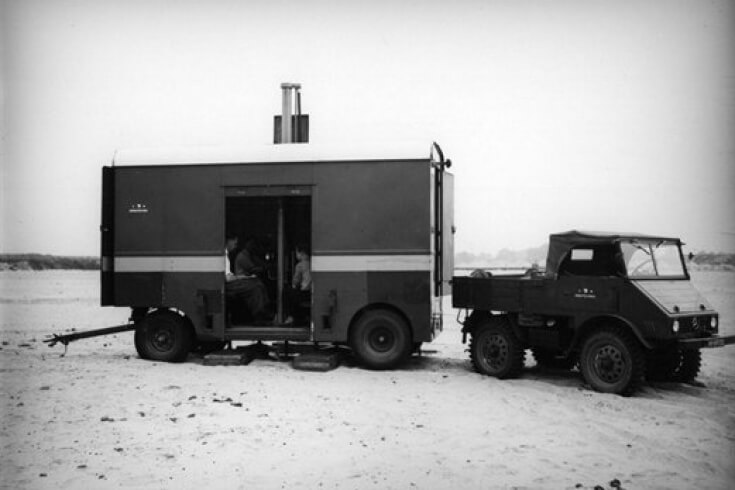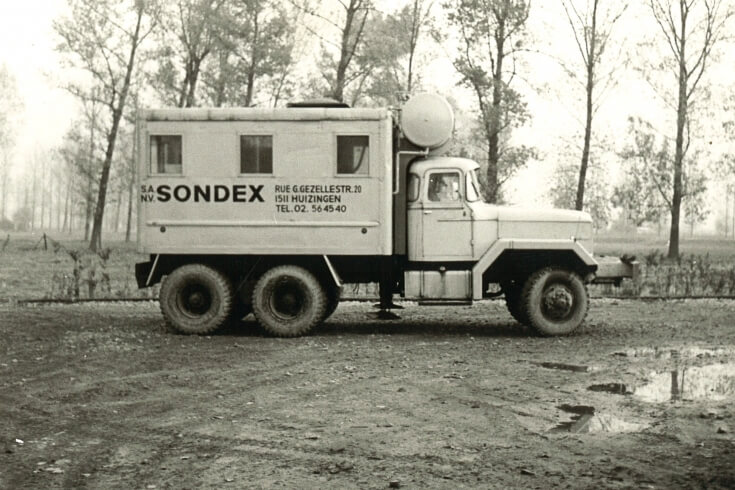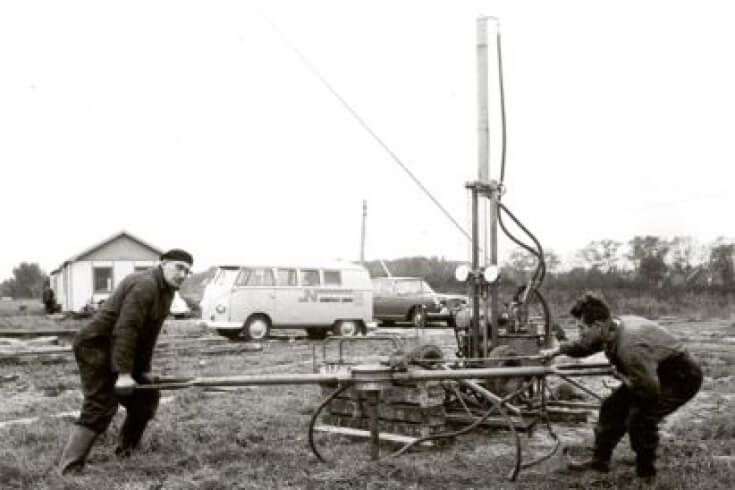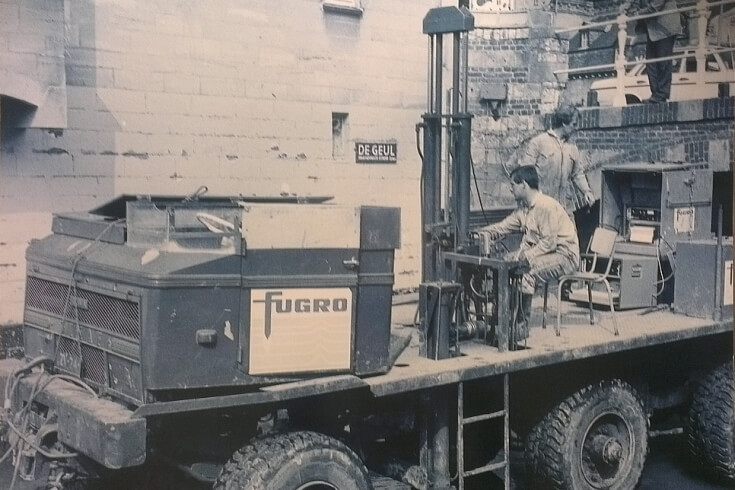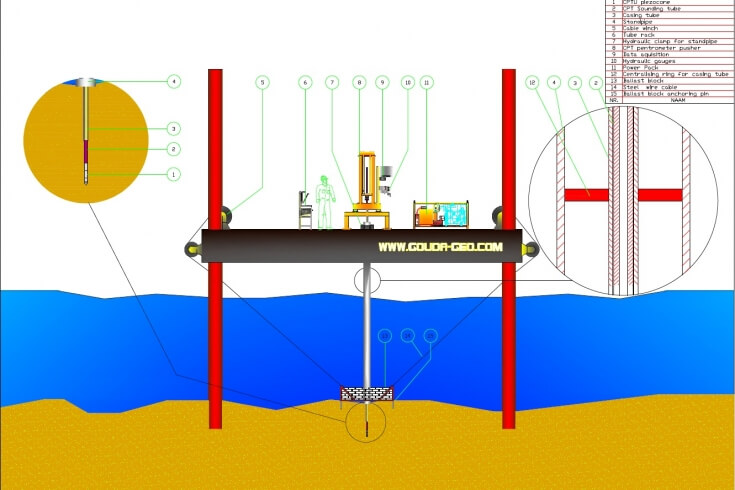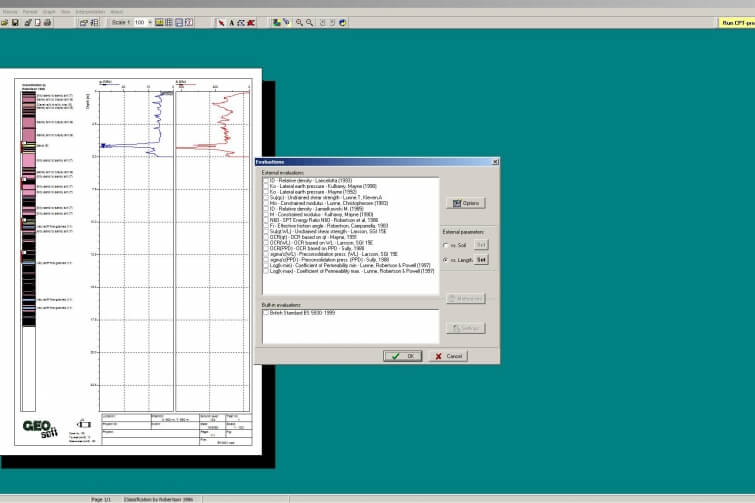Despite the fact that CPT tests are performed worldwide, on a daily basis approximately as many CPT tests are made in the Netherlands as in the entire world all together. Just behind the Netherlands is Belgium, especially Flanders. The reason for this, is that in other countries the ground is so hard, that CPT testing becomes impossible. Cone penetration testing was originally developed for the testing of soft to medium hard soils.
The emphasis with core penetration testing is on mapping out the thickness and characteristics (soil parameters) of compressible soil layers. In the Netherlands, the majority of the CPT tests are executed for foundation studies for buildings. Apart from that, CPT tests are also applied for the design and/or assessment of dykes / levies, dams, roads, engineering structures and hydraulic-engineering constructions. The number of CPT tests in The Netherlands is that high, because of the fact that the Dutch directives for foundation design prescribe much shorter distances between investigation points (max. 25 meter) than other countries.
The Netherlands recognizes four quality classifications for CPT testing. For foundation design, it is sufficient to opt for class 2 or 3 and sometimes even class 4 CPT tests. For the determination of the characteristics of compressible layers (ground parameters) – it depends in fact on how weak the layers actually are – class 2 or even class 1 CPT testing is recommended.
In order to do CPT tests in more consistent soil layers, the quest was soon on to find other ways to apply more pushing force than the bodyweight of one man to do a cone penetration test. Under the supervision of Mr. T.K. Huizinga, the director of the Laboratorium voor Grondmechanica (LGM) in Delft (The Netherlands), the first deep CPT test with a pushing force of 10 tons was performed in 1935. For this specific purpose a man-powered CPT pushing rig was developed (figure 2).
The reaction force for this 10 tons CPT apparatus was acquired by digging a 2 x 3 m wide and 1 m deep hole. On the bottom of this hole a wooden floor was laid with threaded ends attached to it reaching above the ground level. The hole was subsequently filled with sand. These six cubic meters of sand served as ballast. It would take up to three working days of preparations in order to do such a CPT cone penetration test, but still, this method proved to be ground-breaking. For the first time in history, it became possible to calculate the bearing capacity of (wooden) piles based on CPT test results. Up to that moment it was necessary to drive test piles first.
It took until the year 1950 before a solution was found to avoid the measuring errors that could occur when sand entered the cavity between both rods whilst using the Barentsen-cone. This solution was the jacket cone, invented by << Johan Vermeiden >> (LGM). Just above the conical tip, a jacket with a loosening shape is mounted (picture 3). Because of this the parasitic friction on the sleeve (especially in sands) was eliminated. Belgium professor De Beer has always opposed this theorem, and not entirely unjustly, especially when referring to Belgium tertiary sands and clays. He preferred the ‘cone with locking nut’, a Barentsen-cone with a more-or-less well working dirt seal.
The manual drive of the CPT pushing rigs was more-and-more replaced by an hydraulic drive and the ballast floor replaced by hydraulically placed ground anchors. By placing the CPT pushing rig on a trailer or carrying truck the first CPT trailers and CPT trucks sprouted with a weight of 4 to 8 tons.
Additional anchoring was only used for deep CPT tests when a higher reaction force was required in addition to the own weight of the CPT vehicle. The ballasted rigs became heavier, since deeper CPT tests were required. The deeper CPT test were needed since concrete piles were predominantly used over the much lighter wooden piles. Concrete piles are to be driven in much more consistent layers than wooden piles. The daily production increased to three CPT tests per day (with anchoring) and later on even increased to seven tests.
A new breakthrough followed in 1965 with the development of the (mechanical) friction jacket cone. This project was led by engineer H.K.S.Ph. Begemann, and it is because of this project that this cone still carries his name. He experienced that customary methods of deducing the frictional load capacity of piles from the total lateral friction on the CPT sounding tubes has its limitations. That is caused by the following phenomenon: the friction caused by a certain soil layer – especially when the layer is not given any time to reshape and restore the friction – diminishes as more CPT sounding tubes pass named soil layer. In this manner, some kind of lubricating layer will develop along the CPT sounding tubes. It is for this reason that the friction is to be measured locally over a much smaller height and just above the conical tip.
Begemann published graphs enabling to deduce the frictional load capacity for different sorts of piles from the measured local friction resistance.
Every single type of pile was awarded its own specific factor. The fact that the friction sleeve is not only subjected to friction, it also encounters resistance on its shoulder, is taken into account in these factors. Now it was possible to deduce the type of soil from the friction ratio (local friction resistance divided by the tip resistance) for normally consolidated soils under the groundwater level.
Because of the fact that the total resistance to penetration (in short total resistance) was no longer required to calculate the bearing capacity of the piles, it was now allowed to reduce the lateral friction on the CPT sounding tubes as much as possible by using a so-called friction reducer. This is a local expansion of the diameter of the CPT sounding tube on some distance above the friction sleeve. This expansion reduces the total resistance to penetration enabling to reach greater depths.
Not much later the first 20 tons (200 kN) CPT pushing rigs were introduced.
The rise of electronics had, of course, its implications on the measuring techniques applied in CPT testing procedures as well. Up to then all CPT data were read from the dial of the pressure gauge and noted down manually. Recorded data were transferred on to graph paper later on in the office. From 1965 on this working method was replaced by an electric load-cell connected to a graph printer, and sometimes completed with a punch tape recorder and later a magnetic tape recorder and computer. It was in this way that the mechanical CPT test with automated data registration was developed.
The disadvantages of mechanical CPT testing became more and more apparent in time when more and more deeper CPT tests were ordered and the measured cone resistance increased accordingly. First of all, the problem of parasitic friction between the inner rod and the CPT sounding tube persisted. Apart from that, there was another big disadvantage: often, the CPT cone deviated unnoticed from the vertical axis whilst penetrating the soil. This could result in a strange situation that, under extreme circumstances, the factual penetration depth appeared to be many meters less than the (sloping) penetration length. The solution to both problems is an electric cone with built-in inclinometer sensor.
The first experimental electric CPT cones date back to the Second World War in Germany, followed by prototypes developed by the Rotterdam civil servant Bakker (1948) and Grondmechanica Delft (1949). It was Fugro, in the end, who was the first to introduce the electric cone in 1965 for routine soil investigation.
In the mid 1970-ties piezocones, in fact, standard electric CPT cones with extra built-in sensor to measure the in-situ pore pressure, were used for the first time in Norway and Sweden and later on in France and in the United States. It enabled the user to measure the in-situ pore pressure during penetration. In this manner an extra parameter was obtained enabling a much more accurate determination of the soil type from the CPT test results.
In Sweden, Torstensson was the first to carry out a so-called dissipation test. From measured changes in pore pressure during a break in the CPT testing procedure, it is possible to calculate the permeability of loam, clay and peat. The development of the interpretation of ground parameters obtained from piezocone CPT testing assumed enormous proportions in the 1980-ies, especially in the United States, Canada, Scandinavia, but also in The Netherlands.
Despite the fact that CPT tests are performed all over the world, on a daily basis, approximately as many CPT tests are made in the Netherlands as in the entire world all together. Just behind the Netherlands is Belgium, especially Flanders. The reason for this is that in other countries the ground is too hard. Therefore, CPT testing is not possible. CPT testing was purely developed for the testing of soft to medium hard soils.
The Netherlands recognizes four quality classifications for CPT testing. For foundation design it is sufficient to opt for class 2 or 3 and sometimes even class 4 CPT tests. For the determination of the characteristics of compressible layers (ground parameters) – it depends on how weak the layers actually are – class 2 or even class 1 CPT tests are recommended.

